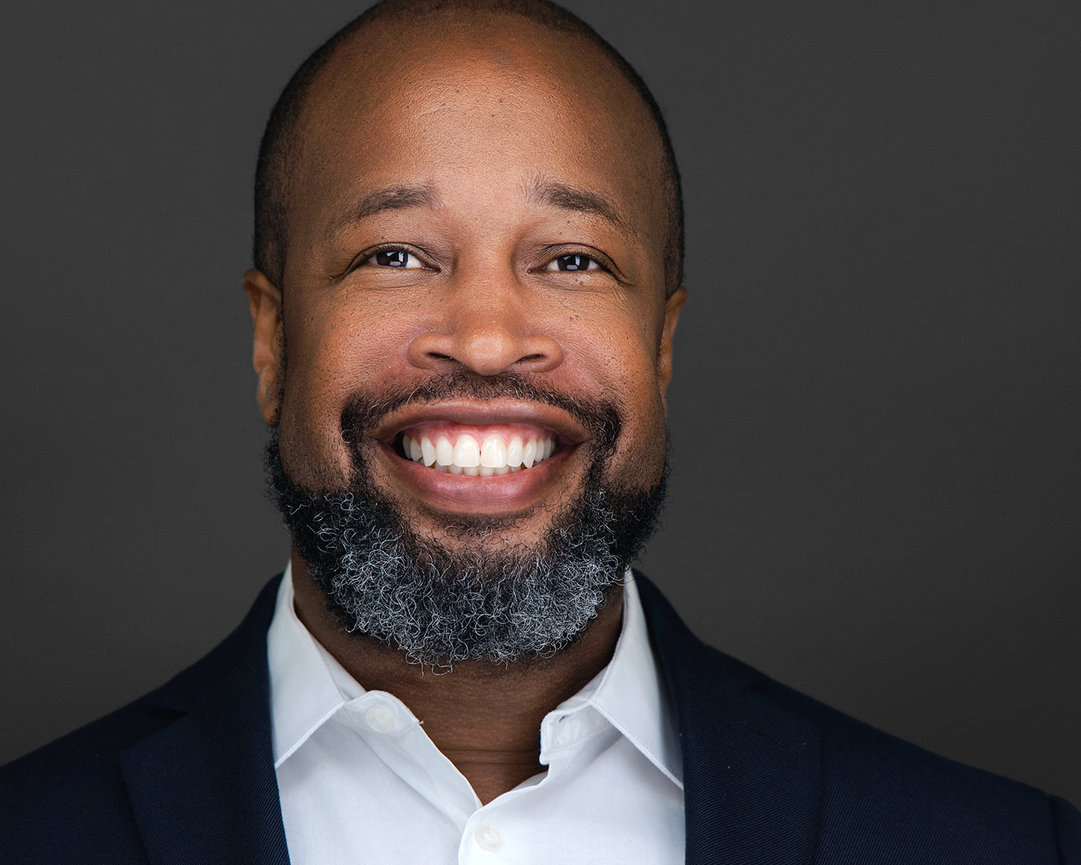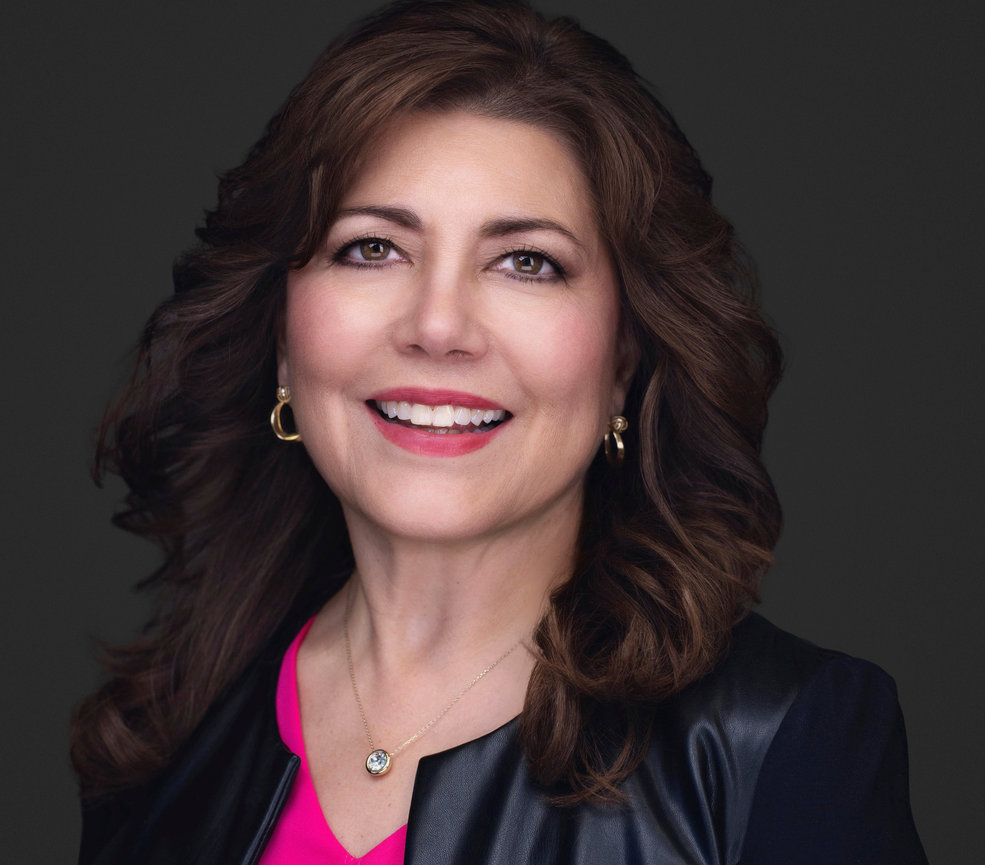Capturing Confidence: The Power of Body Language in Portraiture
June 19, 2023 | By: Jane Haas Photography LLC
In the era of selfies and smartphone photography, it's common for people to experiment with different angles to capture their best look. One popular technique involves shooting from a downward angle, believed to accentuate the jawline. However, as a professional photographer, I have discovered that this approach often sacrifices the power of body language. In this article, I explore the impact of photographing subjects from a downward angle and highlight the importance of capturing body language that conveys confidence and authenticity.
The Downward Angle's Impact on Body Language: When a subject is photographed from a downward angle, distinct body language characteristics come into play. Here are some notable observations:
-
Submissiveness: Shooting from above can unintentionally convey a sense of submission or vulnerability, as the subject appears smaller and diminished. This positioning implies a lower social or hierarchical status, potentially undermining the desired image.
-
Dependence: The downward angle implies dependence on someone or something above, creating a body language that suggests reliance or seeking guidance. This may not align with the intended message and image of the subject.
-
Reverence or awe: If the subject maintains an open and relaxed posture while looking up, the downward angle can evoke a sense of admiration or reverence. This body language often accompanies individuals who look up to authority figures or idolize something significant.
-
Introspection or thoughtfulness: The contemplative mood associated with shooting from above can make the subject appear lost in thought or engaged in deep introspection. While this can be desirable in certain contexts, it may not suit all photographic goals.
-
Timidity or shyness: Depending on the context, a downward angle can inadvertently convey a sense of timidity or shyness. Closed body language, such as crossed arms or a lowered head, may emerge, indicating reservation or discomfort.
The Power of Capturing Confidence: In my photography practice, I have found that photographing subjects from a straight-on perspective yields more impactful results. By doing so, I can focus on helping individuals pose in ways that enhance their natural features and convey confidence. Here are some key techniques:
-
Sharpened jawline: Instead of relying on the downward angle myth, I guide my subjects to adopt poses that naturally accentuate their jawline. This involves subtle adjustments in posture and head position to create a strong and defined jawline without compromising body language.
-
Eye contact and confidence: Direct eye contact is a powerful tool for establishing a connection between the subject and the viewer. By capturing the subject's gaze straight-on, I aim to portray a sense of confidence, engagement, and authenticity, leaving a lasting impact on the viewer.
-
Natural smile: Encouraging a genuine and relaxed smile is essential for capturing authentic portraits. When subjects face the camera head-on, it is easier to elicit a natural smile that radiates confidence, warmth, and approachability.
Conclusion: While the downward angle may have gained popularity in casual photography, it often sacrifices the power of body language in professional portraiture. By opting for a straight-on perspective, photographers can help their subjects convey confidence, authenticity, and a strong presence. Understanding the impact of body language and utilizing posing techniques tailored to individual subjects can create compelling and impactful portraits that leave a lasting impression.






Leave a comment
0 Comments